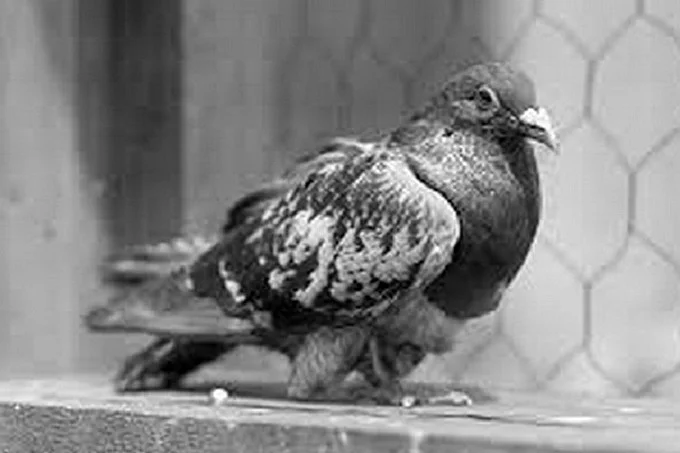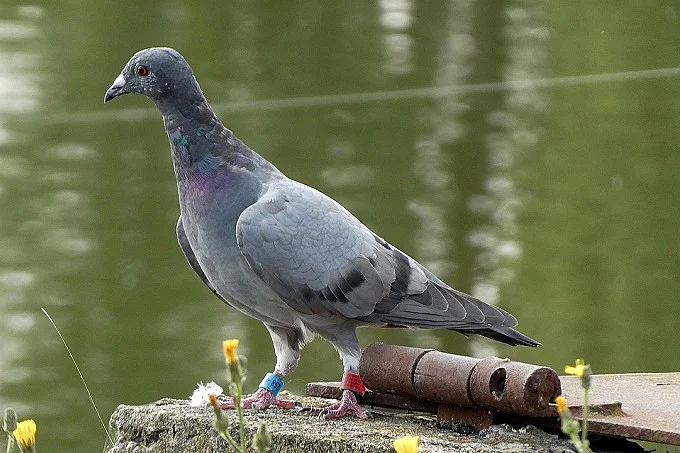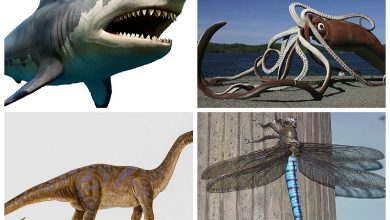Who used carrier pigeon in 20th century and how did a pigeon save entire battalion?

Carrier pigeon has played a huge role in the history of mankind, and It was not just entertainment. The ancient Greeks, in this way, informed about the winners of the Olympic Games, the rulers of different countries and different eras took advantage of this information transfer by air, and financiers, having received information at the right time with Carrier pigeon, made huge fortunes.
One brave pigeon in 1918 saved an entire battalion of 194 people and was awarded the French Military Cross.
Carrier pigeon: how it works
Reading about magical owls in the books of the Potter is, of course, fascinating, but in the real world, it turns out, there are “Buckles”. In any case, the importance of the work of carrier pigeons cannot be overestimated. Real people were once waiting for them with the same impatience and excitement as the heroes of J.K. Rowling’s books, who depended on owl mail. Unless the address of delivery of a letter to a pigeon cannot be “ordered” – otherwise, these birds, perhaps, are not inferior to the feathered heroes of the saga.
Different breeds of these birds are suitable for “work” as a carrier pigeon. The main thing in the preparation of a feathered courier is the selection of the most suitable individuals and their correct training.
This type of postal communication is based on the amazing ability of pigeons to return to their native nest over long distances – in history, there are examples of the delivery of letters by pigeons at a distance of up to 1000 kilometers. The usual range of such a flight is up to three hundred kilometers.
Pigeons fly, guided by the Earth’s magnetic field, but they need to be released in open space – among the mountains or in the forest, the bird can “get lost”. In-flight, the pigeon keeps at an altitude of about 100 – 300 meters above the ground. Birds fly in a straight line to get rid of the load as soon as possible.

A special tube with a message inside (sometimes a goose feather cut was used as a “case”) is attached to the pigeon’s foot. Birds are transported to the place of sending messages in special cages, trying to minimize travel time and contact with human hands: if you take a bird, for example, at the wrong time, it may not fly back to the nest at all.






